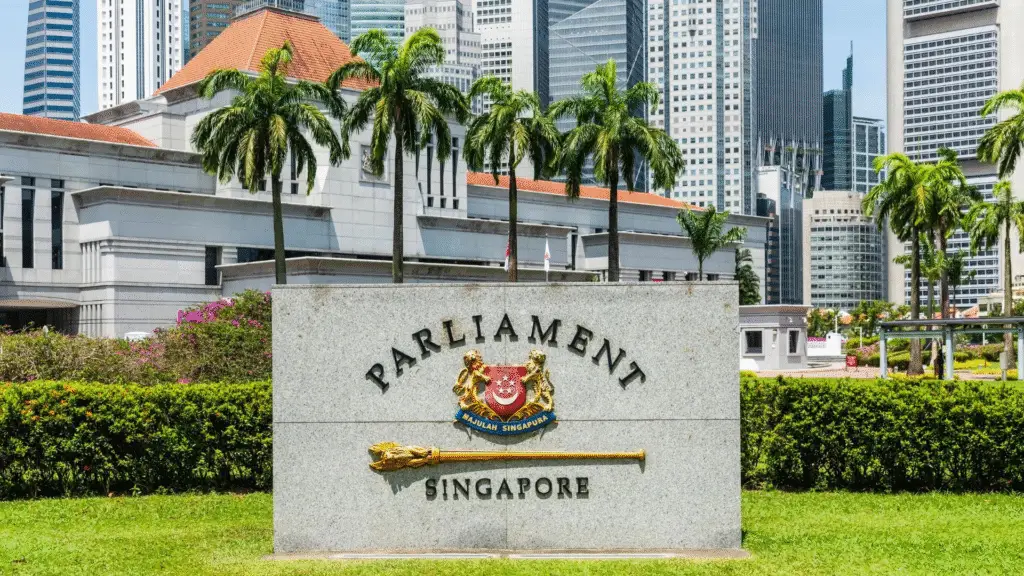Singapore’s Healthcare Workforce Reaches Critical Levels
Singapore is facing a worsening lack of healthcare workers, especially nurses, which is a big problem for both its economy and its medical infrastructure. The gap between the need for healthcare and the number of people who can provide it has grown quickly since the population is becoming older and the need for healthcare is expanding.
A report from the Ministry of Health in 2021 said that the shortfall will get worse by 2030, when more people will need care for chronic diseases and the elderly. There has also been a 1,000% rise in internet searches for information regarding nursing shortages, which shows that people are worried. Because there aren’t enough workers at hospitals, they aren’t as efficient, and patients have to wait longer and pay more for services.

Economic Repercussions of the Nurse Shortage
The lack of nurses is not just a problem for healthcare; it is also a problem for the economy. Overworked hospitals and clinics have to pay more for overtime, and delays in service make it harder for people to get the care they need.
Experts say that if these problems are not fixed, they might weaken Singapore’s economy. When healthcare professionals get burned out, they leave their jobs more often, which makes the burden heavier and the number of workers lower. Also, training replacements takes time and money, which puts even more pressure on the healthcare system and the national budget.
Government and Institutional Measures to Address the Crisis
The government of Singapore has done a lot to ease the shortfall. These include hiring more people, making training programs better, and offering money incentives to get both local and international healthcare workers to come to work with them.
Technology is also very important. To cut down on hospital congestion and make better use of staff time, programs like telemedicine and digital health monitoring are being expanded. But politicians recognize that for long-term sustainability, public institutions, universities, and private healthcare providers need to work together and make changes to the way things are done.
Recommended Article: Health Minister JP Nadda Hails AIMS for Medical Excellence
Enhancing Healthcare Careers Through Innovation and Support
Singapore’s health industry has to make nursing and healthcare jobs more enticing in order to recruit and keep good workers. This entails raising pay, making the workplace better, and giving workers chances to grow in their careers to get them to stay with the company for a long time.
To cut down on burnout and make workers happier, hospitals and clinics should use flexible staffing methods, such as part-time and rotating schedules. Experts say that these kinds of steps are important for making the healthcare staff strong and ready for the future.
Strategic Use of Technology in Workforce Management
Digital transformation is becoming a key part of Singapore’s healthcare policy, in addition to changes to human resources. To better allocate resources and forecast personnel demands, artificial intelligence, automation, and data analytics are being used.
Robots are being used in administrative and logistical tasks, which is allowing medical professionals to spend more time caring for patients. As these technologies get better, they should help make up for some of the shortfalls in the workforce and make healthcare delivery more efficient overall.
Cross-Sector Collaboration and Educational Partnerships
To keep their workforce stable, schools are adding more healthcare training programs and giving subsidies to new students. The goal of partnerships between government agencies and businesses is to improve practical skills and make sure people are ready for work.
Singapore wants to make sure that education meets the demands of the actual world so that there will be a steady stream of trained professionals ready to deal with the healthcare problems of the next ten years. People think these partnerships are important for keeping the economy growing while also keeping healthcare standards high.
Balancing Workforce and Economic Stability
The lack of healthcare workers is still one of Singapore’s biggest problems, and it has a direct effect on both public health and the economy. To fix it, we need a comprehensive strategy that includes hiring more people, coming up with new technologies, and changing policies.
As the country becomes more of a regional healthcare hub, it will be important to deal with this shortage quickly. Singapore can make its healthcare system stronger and its economy more stable by using technology, making working conditions better, and encouraging strategic collaboration.























